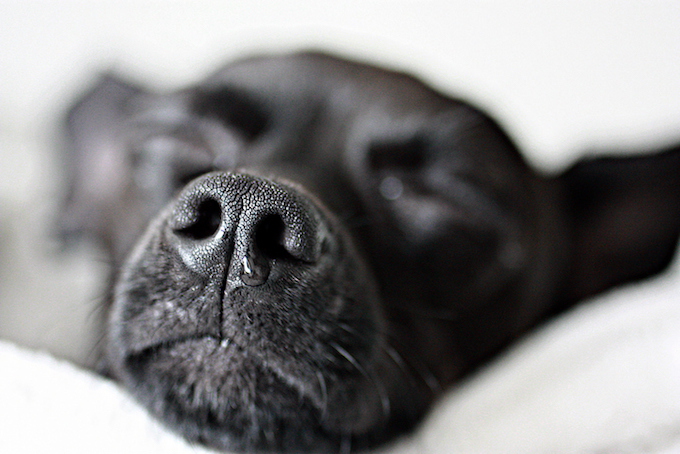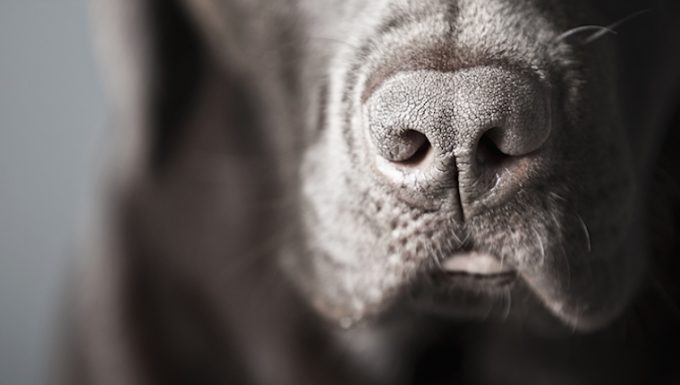Nasal polyps in dogs are small pink growths that come from a dog’s moist nose tissue lining. Thankfully, the growths are benign.
Unfortunately, the precise cause of the condition is not known. Usually, a surgery is recommended to remove the polyps.
Technically, the condition is also known as pink growths in the nose in dogs.
If you see the signs of the condition in your dog, then get to a veterinarian for a proper diagnosis and treatment.
Here’s what you should know about the symptoms, causes, and treatments for the condition.
Symptoms of nasal polyps in dogs
The condition produces a number of symptoms. For example, some of the most common symptoms include:
- Nosebleeds
- Nasal discharge
- Crusty nose
- Congestion
- Breathing problems
- Swelling
- Sneezing
Causes of nasal polyps in dogs

Unfortunately, the exact cause of the condition is not known. However, some of the factors that seem to play a part in the condition include:
- Congenital factors
- Inflammatory issues
- Viruses
Treatments for nasal polyps in dogs
Firstly, your vet will ask about your dog’s symptoms. Secondly, your vet will put your dog under anesthetic to examine the nose. Sometimes, a rhinoscope is used to look closely at your dog’s nasal passage. Additionally, your vet can take tissue samples and order a biopsy.
Finally, your vet can use X-rays and imaging procedures to confirm the condition.
Generally, treatment involves surgery. This is to remove any polyps.
Usually, your vet will prescribe medication for your dog too. As always, if your vet prescribes your dog any medicine, make sure to stick to the correct dose and frequency instructions. Also, complete the full course of medicine.
Finally, while your dog is recovering pay close attention to any symptoms returning. This could indicate the polyps were not properly removed.
Have you ever cared for a dog who suffered from this condition? How did your vet help your dog recover? Let us know in the comments section below.









